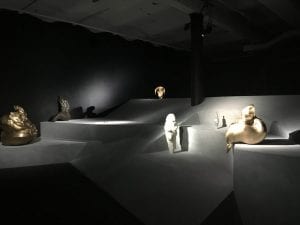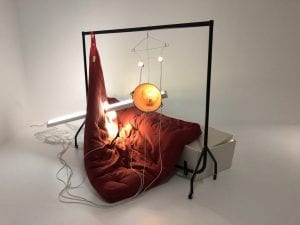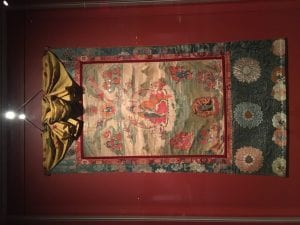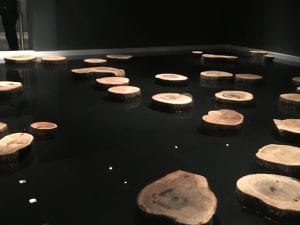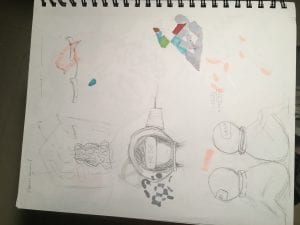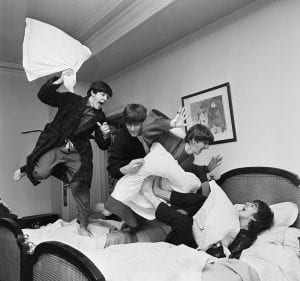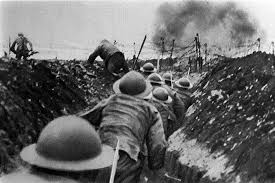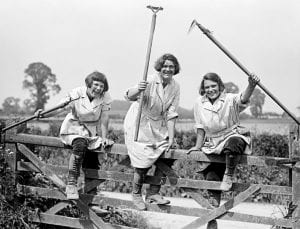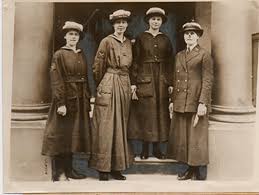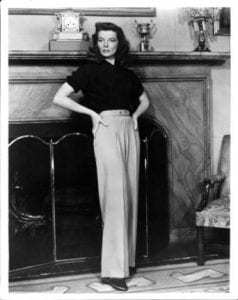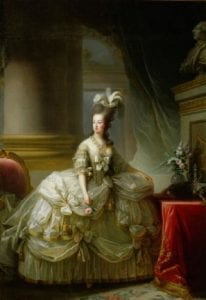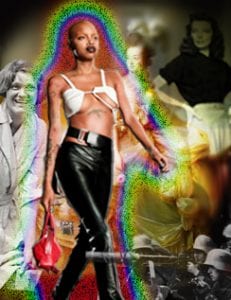For the New Museum, the work that attracted me the most was Marguerite Humeau’s work of Birth Canal. Some of the work in the New Museum was a little unsettling for me to see, but I was just drawn to the installations of these gloops of shapes, and the dramatic lighting, with the dark atmosphere, just caught my attention when i went to the New Museum. At first, I did not know what the piece was about, and as I assumed it was an abstract piece of work, I made up my own assumptions first. At first, I thought the piece was about body shapes, fat-shaming, or anything with body shaming idea, but as I read the title “Birth Canal”, I was so surprised and fascinated that those gloops of sculptures are babies, yes I really thought those were babies when I read the title. But, as I learned more about this art piece, I found out that these sculptures are inspired by prehistoric figurines, which I didn’t understand at first, but I figured out that it was Venus figurines. Then, I understood why the sculpture had no specific shape that is obvious to the eye, you would have to look more closely into the sculpture to figure out that those installations are similar to venus figurines. I loved the work even more as it is women empowering as the birth canal belongs to “venus, the women.
Category Archives: Time
Time: Book Project
Time: Sequential Recut
For my rotoscope, I wanted to make an animation taking about losing innocence. As everyone started their life as a infant, and usually infants are symbolic to angelic and pure, for they have naive characteristics and have no knowledge of the world. As one goes through the stages of growing up not only physically but mentally, while physically one becomes stronger, faster, and taller, but mentally is where one would grow controversially “stronger” and when the meaning of “stronger” comes in play to my piece, I believe that as one grows up mentally, they began opening their eyes and minds to the outside world where they were protected by their innocence. I wanted to resemble their innocence to a growing bud of a flower, as in relation to the second Buddha, who’s gain knowledge of the future and teaching the society to use the information of the past to learn about the fluid future. In using the symbol of that, I wanted to put it in my own meanings, as one grows up, he or she not only learn the good in society, but also the bad. And I wanted to show a girl who learned the worlds of the hardest hurdle, which is abandoned by the society. This could have a understatement of being casting out, feeling left out, or physically being abandoned by a loved one. This subject tests the question of “are people born with evil?”, because this is a question that was asked various times throughout my years of education, most of the times I never thought twice about the question because one, people can be born to be selfish and evil, but other times, I believe it is the influence of society that makes one evil.
The girl once learns experiences the past, she will use that information and learn about the “fluid future” as I learned a lot about in the Rubin Museum. During that trip, I have thought a lot about the second Buddha and growing in a Buddhist environment for 8 years, I believe that the future is literally fluid.
Rubin Museum
How can we use information about past narratives as we construct and reinvent the fluid future?
As I was born in a Buddist family, we went to a lot of temples and going to this exhibition, it really reminded me of back home in China, and their believes in the Buddist practice. As, the second Buddha, who was a teacher to the king and their people, as he could see the future as a gift, during the exhibition, I believe that it was meant for people to live through the present through meditation, as the future is fluid. The second Buddha taught the past to the society in order for them to learn from the past and expect what out of the future. I learned the most at the Monument for the anxious and hopeful exhibition, as it gave me viewpoints of other people’s perspective of the future and their expectations for the future. Through past narratives, people often use the information that they were “taught” or learned, they construct the future which is fluid. And fluid, in my meaning meant as there are a lot of outcomes in the future, as which how you use your past.
Time: Visual Narrative
Idea/Process:
The beginning scene I wanted to have a clock ticking and then the transition of the shot of a lighter flickering to the beat of the clock’s tick.
At first, I wanted to film the video of me and another person in space in a way because, in my dream, I remembered that I was floating.
But I didn’t think that the scene would contribute to my soundscape as much as this film I took on the plane.
I felt like this could contribute to the sense of space and time that related more to my soundscape.
Time: Soundscape
I am doing a soundscape a very odd dream of mine that I had a few years ago, to this point is still remember, but could not really explain. I wanted to establish an easy four-beat rhythm in the beginning as I recorded most of my sound on my own as I try to make this as original as possible. I started out the soundscape with a steady four beats of the clock ticking and the four beats would repeat its rhythm but the sounds would be different each of the four sets of beats. Then, it would transition out of the four-beat rhythm and it goes into this space where you would feel a sense of spacial environment as you hear bubbles coming from a glass container. Then, I created the transition back into the four-beat rhythm as you hear the heartbeats, which I intended to show the start of a slowing down of time and the pause between the heartbeat and the exhale would make more of a drag of time and a sense of space where you feel like your in an empty spacious room. When the transition of the piano begins, the four-beat rhythm comes back as the piano starts with four chords replicating the other sets of the four beats. As you listen to the orchestral music you will suddenly get disrupted with a sudden panic-like breath as just if you woke up from a dream or nightmare.
Time: Waiting
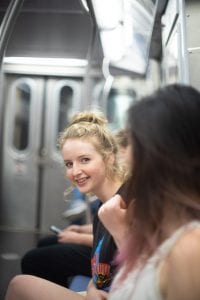

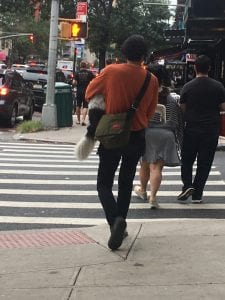
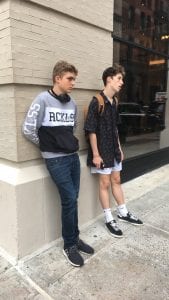 In total, I spend about 8 hours of my whole day waiting, either waiting for the subway, waiting to go home on the subway, waiting for a meal to get ready, and waiting for friends to meet up with me. In the morning I usually wait for the subway train for 10 minutes, and it takes 30 minutes to get from the subway stop to my classes and vise versa for when I go home, but on the way home I usually wait an extra 15 minutes waiting for the Q train to arrive. While on the way to my dorms I ordered a bagel which took 12 minutes, as I enter my dorm building I waited 5 minutes for the elevator to arrive at the lobby and another 4 minutes for the elevator to arrive at my floor. As I got into my dorm, I made plans with my friends to go to Little Italy, while finished getting ready I waited 3 hours for all of my friends to gather and exit the building. While at Little Italy, the subway ride was another 30 minutes, we waited 20 seconds at the stop light for it to turn green and another 20 minutes for food. While little things added up, a total estimate of 8 hours was wasted waiting for something, and this inspired me to resolve the issue of this wasted time, as on the train, I could do some readings, meditating, sketching, taking pictures, and just enjoying the moment and not to be too caught up with waiting.
In total, I spend about 8 hours of my whole day waiting, either waiting for the subway, waiting to go home on the subway, waiting for a meal to get ready, and waiting for friends to meet up with me. In the morning I usually wait for the subway train for 10 minutes, and it takes 30 minutes to get from the subway stop to my classes and vise versa for when I go home, but on the way home I usually wait an extra 15 minutes waiting for the Q train to arrive. While on the way to my dorms I ordered a bagel which took 12 minutes, as I enter my dorm building I waited 5 minutes for the elevator to arrive at the lobby and another 4 minutes for the elevator to arrive at my floor. As I got into my dorm, I made plans with my friends to go to Little Italy, while finished getting ready I waited 3 hours for all of my friends to gather and exit the building. While at Little Italy, the subway ride was another 30 minutes, we waited 20 seconds at the stop light for it to turn green and another 20 minutes for food. While little things added up, a total estimate of 8 hours was wasted waiting for something, and this inspired me to resolve the issue of this wasted time, as on the train, I could do some readings, meditating, sketching, taking pictures, and just enjoying the moment and not to be too caught up with waiting.
Time: Response to Cartier Bresson
In 1964, Harry Benson captured a moment of the musicians, The Beatles, having a pillow fight taken in the swanky George V Hotel, as the moment before the impact of the pillow land on each other. This was captured when these young musicians found out that their “I Want to Hold Your Hand” had made it number one hit in the United State, as this photograph has captured the joy and optimist happiness as the expressions of the musicians conveys an exciting and youthful atmosphere. The composition of these musicians in the air, jumping, falling and laughing motions in a vertical way that establishes an active energy which insists that the audience would infer a positive message or event that had to happen to those young musicians moments before the reveal. The way the photograph was set up had the audience anticipate the moments after the photograph was taken, as the bodies of those boys freeze in the air, as the moments after would have numerous outcomes.
Time: Capsule Brainstorm
As the first thing I did for the research was having a better understanding of the term “Time Capsule”. Before I dived right in, I first put it into my own interpretation of the idea of “Time” and “Capsule”. Of course, “Time” to me is simply past, present, and future and a “Capsule” is a basically a cylinder container, and if you put the meanings together, it would make sense as something of a container, box, or the pill capsule, that held all the history of an event, object, or one’s lifetime. By then, ideas of a time machine, a box of memories, or a significant event that had a meaningful change or evolution in the future, some of the most significant and efficient change in society are technology, infrastructure, government, freedom, fashion statement, and so on. But, putting it in a personal level, I thought about my timeline of migration from China to the United States during my childhood, and how that shift had a huge cultural shock and a foreign feel for me to be getting adjusted to the environment and going to school. As the “time” went on, I eventually kind of fit into the American culture, and I said kind of is because I still had my Chinese culture engraved in me, as I adapted to another accent, my routines on the dinner table, and the way my lifestyle had always made me stand out.
But to ensure my accuracy of the meaning of “Time Capsule”, I went into the Cambridge dictionary and looked up the phrase as it gave me the definition of “a container that is filled with objects considered to be typical of the present period in history and then buried, so that it can be dug up and studied much later”. Well, I thought my interpretation is not well far off from the actual definition, but the catch was that the “buried” history is meant to be dug up and to soon be studied more. So I decided on women’s fashion, as time went on, women’s attire had transformed throughout different eras. It is a broad statement, but diving into it, before the outbreaks of the Great War, women’s fashion was insisting on heavy hobble skirts, a tight corset that makes the thin waist,but as the WWI hits America, women’s fashion was forever changed as the fashion trends on women was now heavily influenced by the Great War as it was based on a combination of femininity and practicality, as the role of women transformed from being a household wife to a working and helping in factories in during the WWI.
I decided to combine the two concepts of personal growth shift and the concept of fashion from before and after the Great War. As before the Great War, fashion was more of a class statement as women would wear excessive pieces of jewelry and big hoop skirts with a tight corset. This also resembles my experiment of being in Asia, as being raised in a community that valued beauty and perfection, as imperfection was looked down upon. As America is approaching the war, fashion for women transitioned from being class classification to being more functional as women began to transition from housewives to women who have working abilities. During WW1, women’s fashion was shifted significantly as people began to see women as empowerment as they work in factories to help the war. This shift in women’s fashion correlates to my migration from China to America, as most of my flaws were accepted in society, but new conflicts and criticism also arose. As we transfer into modern society, were women rights and empowerment is strongly present and as gay rights were established, women’s clothing became more exposed, revealing more flesh and as women’s wardrobe became more of a fashion and personal statement.

